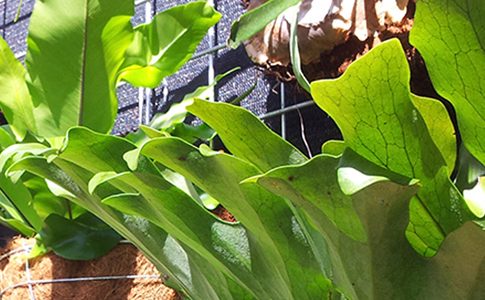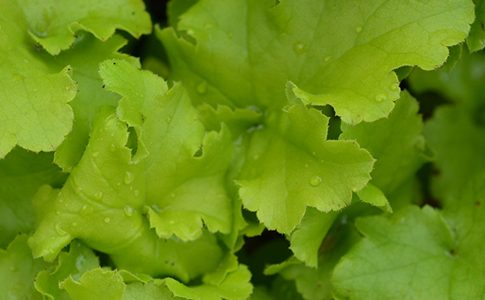Important note about plant availability. There are hundreds of factsheets on our website provided for your information. Not all plants will be available at all times throughout the year. To confirm availability please call (03) 8850 3030 and ask for
More...Uncategorized
Hydrangeas
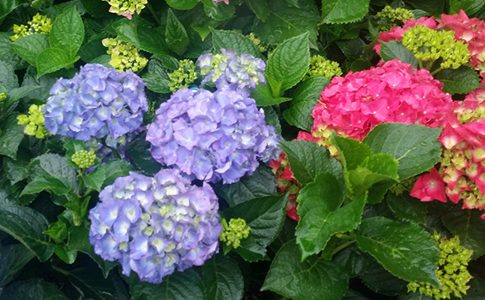
Hydrangea flowers are produced from early spring to late autumn; they grow in flowerheads (corymbs or panicles) most often at the ends of the stems. Typically the flowerheads contain two types of flowers: small non-showy flowers in the center or
More...Flowering Gums (Corymbia ficifolia)
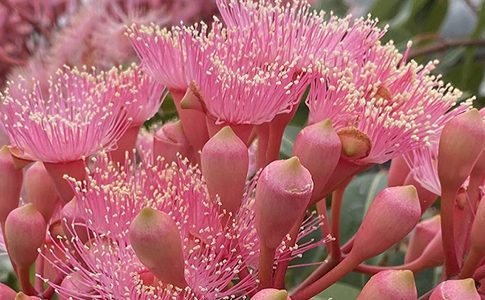
This is a fairly generic term, but commonly refers to Corymbia ficifolia and all the various grafted cultivars of this genus. They are available in a wide range of stunning flower colours… from soft pinks to vibrant oranges to flaming
More...Corymbia Citriodora – Lemon Scented Gum
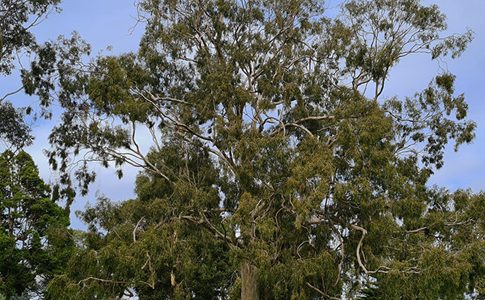
Popularised in the 1970s, these beautiful trees rapidly became a Melbourne favourite. Whilst the strong lemony citrus scent is an obvious plus, it is the elegant vertical form of the tree, with its strong straight smooth trunk combining with an
More...Carnivorous Plants
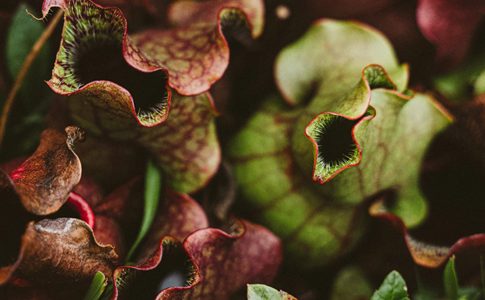
Important note about plant availability.There are hundreds of factsheets on our website provided for your information. Not all plants will be available at all times throughout the year. To confirm availability please call (03) 8850 3030 and ask for the
More...December in your Garden
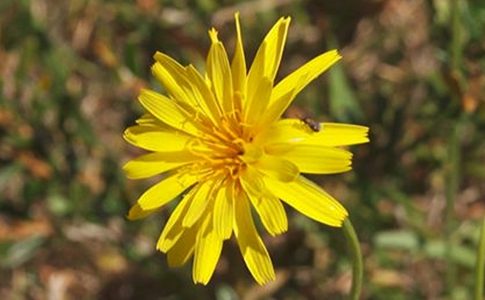
December is Garrawang in the local indigenous language. Garrawang is characterised by stormy weather, Bunjil (Eagle) is breeding, and the kangaroo apple and cherry ballart are fruiting. Cherry ballarts (Exocarpos cupressiformis) are an interesting example of how plants have adapted
More...This month in your garden – November
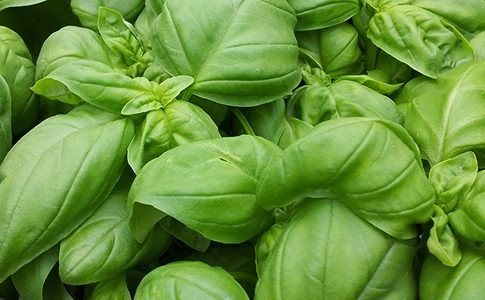
This is Buarth Gurru or grass season – when all the grasses (Kangaroo, Wallaby, Spear and Tussock) are flowering. These are certainly valuable plants to have in a garden – apart from their food potential, they provide colour, movement, and
More...This month in your garden – October
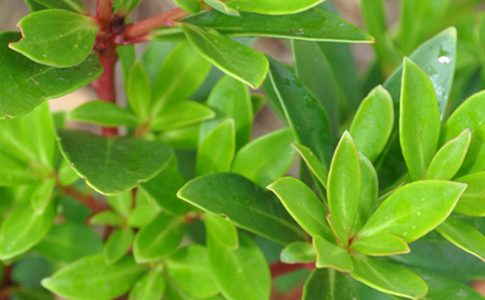
Optimism is in the air, and plants are loving the warming soil. It is still tadpole and orchid season (Pareip) in Naarm, Melbourne. The Japanese maples are looking extra special, clothed in their delicate new leaves. Kangaroo paws are starting
More...This month in your garden – August
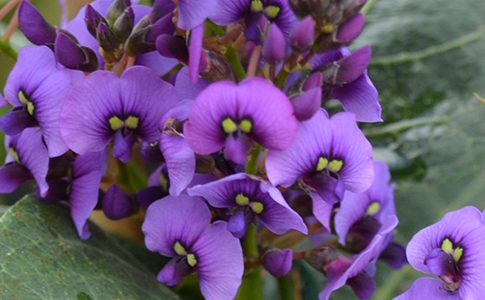
August is the season for change. In Aboriginal seasons, this is Guling – when orchids start to bloom. The days are lengthening and the plants are responding. This season of change brings out the drama queens in the garden. There
More...This month in your garden – July
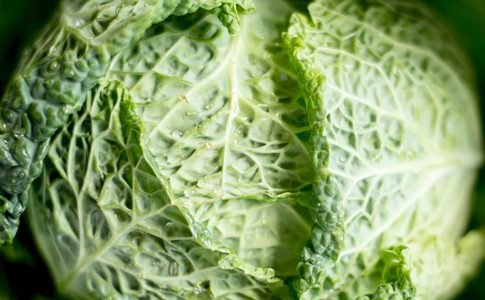
In July we are at the end of Waring or Wombat season. This is the time for the lowest temperatures and highest rainfall. A time when the wombats come out to catch the sun’s rays, and the male lyrebirds are
More...This month in your garden – June
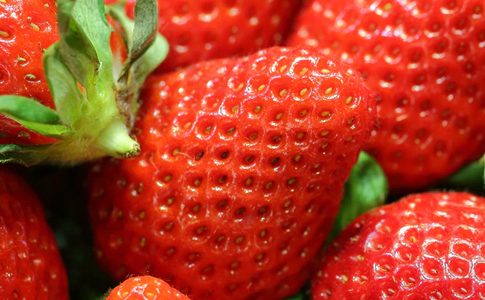
Waring season, June, the days have certainly been colder and frosty, a nightmare for those tender plants in the garden. Click on this link to discover how you can protect your plants, and a few steps you can take if
More...This month in your Garden – May
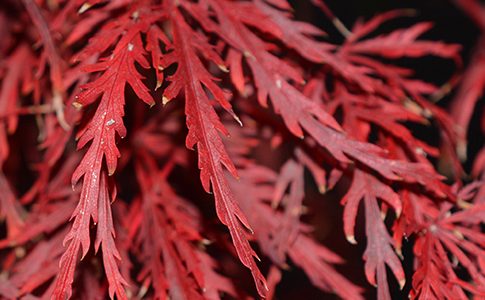
Waring or wombat season is still in play, but the promised rains are yet to fall. The mornings are misty but the temperatures are still summer like. Despite the warm weather, the deciduous trees are slowly turning to deep reds,
More...This month in your Garden – April
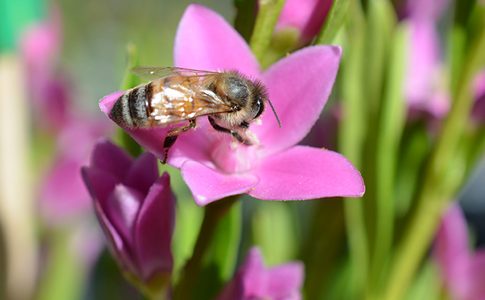
Waring or wombat season is upon us. Mornings are misty and nights are longer. Wombats emerge from their burrows and eagles (Bunjil) are building their nests. Possums are mating and male lyrebirds are showing off their mounds with beautiful song.
More...March in your Garden
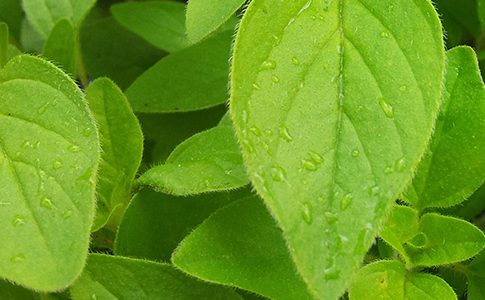
March is Luk or eel season in the local language. Particularly significant here in Bulleen due to the Bolin Bolin Billabong which was the site of large corroborees celebrating this sacred, spiritual protector. As the Eel travels downstream it wallows
More...
